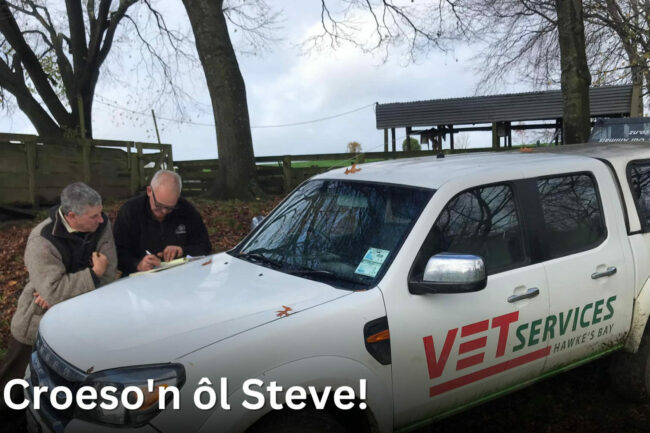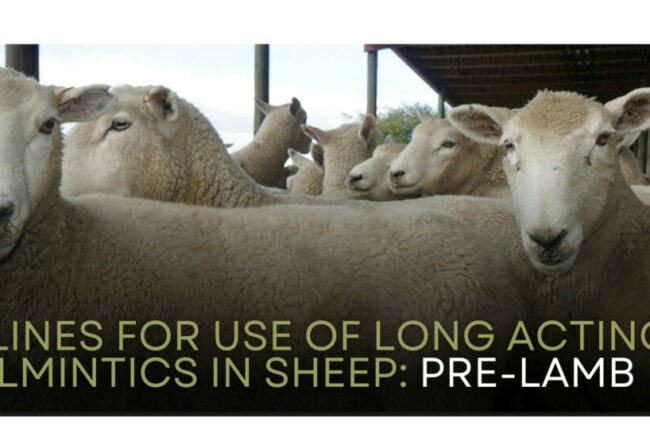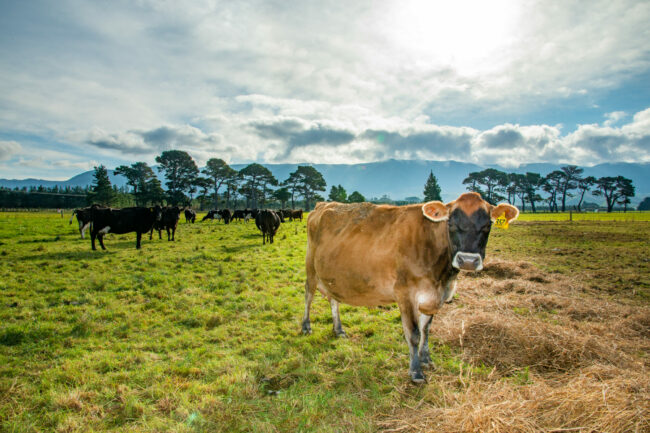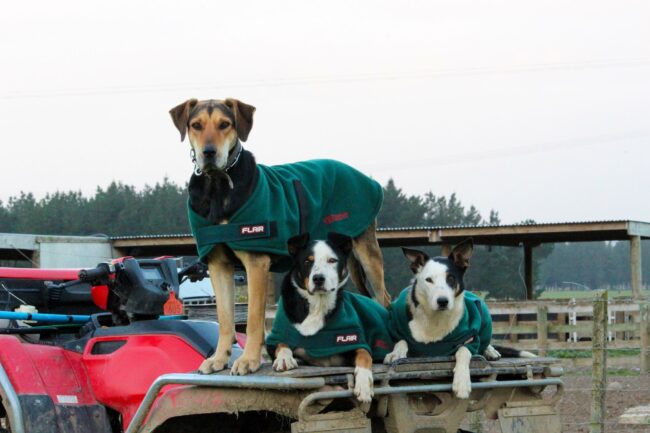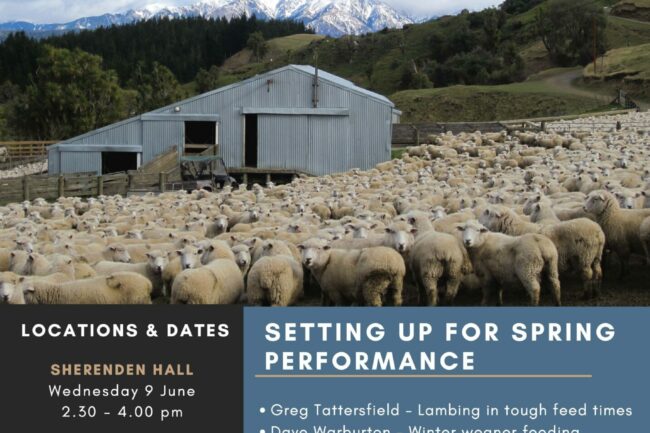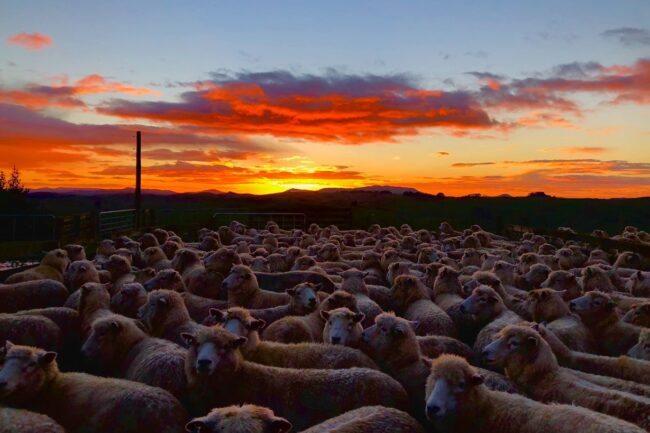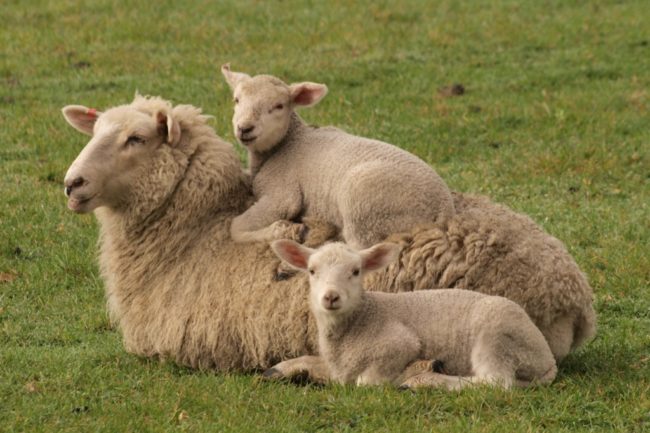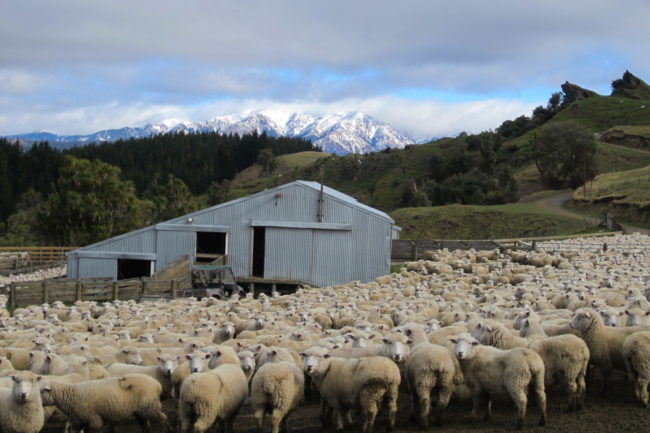Croeso’n ôl Steve!
Sheep pregnancy scanning has become an annual pilgrimage for Welshman Steve. Steve Lloyd has been pregnancy scanning ewes for over 25 years. He has scanned in the UK, Norway and across New Zealand for the last 20 years. 2023 is his 6th season with the Vet Services team. Steve loves returning to Hawke’s Bay…
Details


